FERTILIZE

Only cool-season vegetables should be fertilized, as needed, with a moderate application of 3-1-2 or 4-1-2 ratio fertilizer.
WATER

Water everything well before a freeze, but avoid overwatering. Irrigate only in the absence of rainfall, and test for dryness before turning on the hose.
PLANT

Strawberries can be transplanted into moist soil. Cool season annuals can be added to containers, just be prepared to protect them from frost. Keep adding bulbs and don’t forget to tuck a few into your planted containers that will be spending the winter outdoors. This is the last month to transplant container grown roses. Add hardy vines and groundcovers so that they have the winter to develop the extensive root systems they’ll need next summer.
SOIL
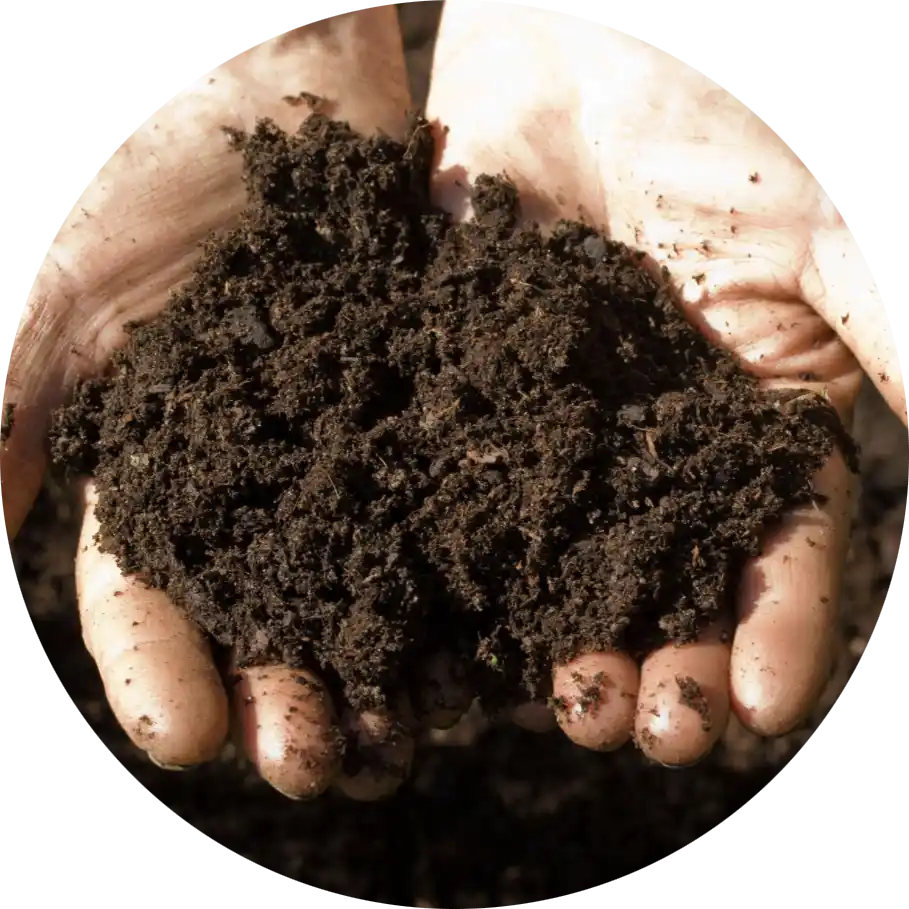
Check mulch and replenish if necessary. Stockpile leaves for mulch and composting all year. Prepare vegetable beds that won’t be planted with a mulch of leaves and compost to cover the soil completely. Take advantage of good weather to build up soil in other beds so they are ready for winter plantings.
LAWNS
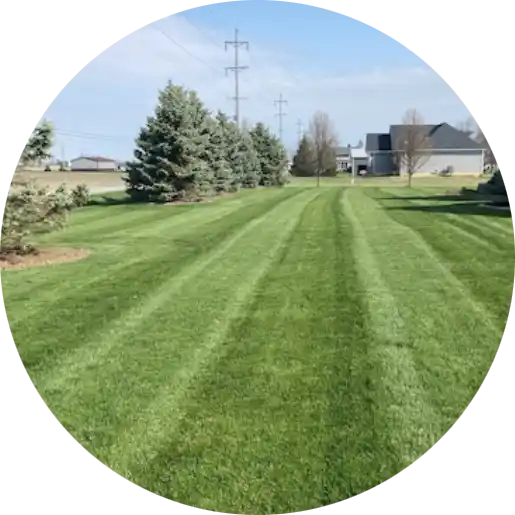
Use a mulching mower instead of raking leaves off the grass. Or, use the lawnmower and bag attachment to shred leaves for the compost pile.
DISEASE/PEST
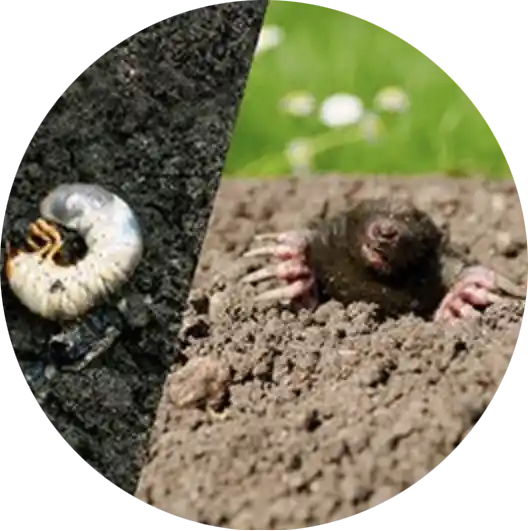
Watch roots or removed annuals for nematodes (knots on the roots.)
MAINTENANCE
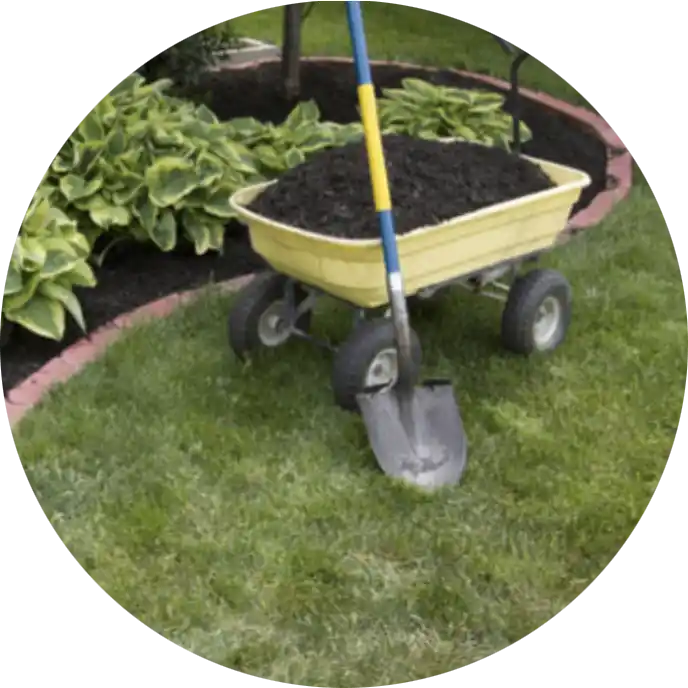
Cut back fall bloomers like asters and chrysanthemums all the way to the ground. Remove long, gangly shoots on shrubs. Remove dead and damaged wood from shrubs and trees to reduce debris from windstorms.
GARDEN

Plant root crops, such as carrots, beets, radishes and turnips in small sections for continual harvest. After seeds sprout and they get their first set of true leaves, thin so they are 2-3” apart. The thinned tops are edible and can be added to salads, soups, sandwiches, wraps, casseroles or quiche. Keep root crops well-watered for best flavor. Plant seeds of cilantro, parsley, dill, lettuce, spinach, and fava beans. Harvest basil, parsley, and cilantro before the temperatures fall below 40°. Harvest tomatoes and other cold-sensitive veggies before the first frost. Cover and protect the soil in unused vegetable beds with mulch, leaves, straw or cover crops. Winter cover crop options include cereal rye, hairy vetch, fava beans, clover or Austrian winter peas.
TREECARE
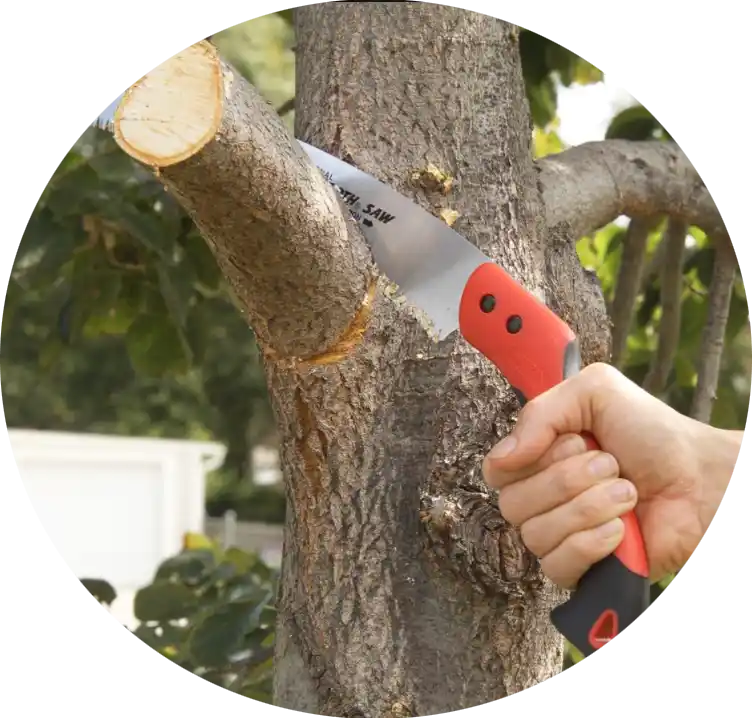
What you can do:
- Finish fall cleanup.
- Mulch evergreens and trees before ground freezes.
- Thoroughly water newly planted trees before ground freezes.
- Check for signs of potentially hazardous trees before winter: heavy deadwood, cavities, and exposed or damaged roots.
Consider requesting a professional to:
- Implement winter protection program for trees and palms.
- Begin dormant pruning.
- Finish tree and shrub fertilization.
- Remove hazardous trees.

